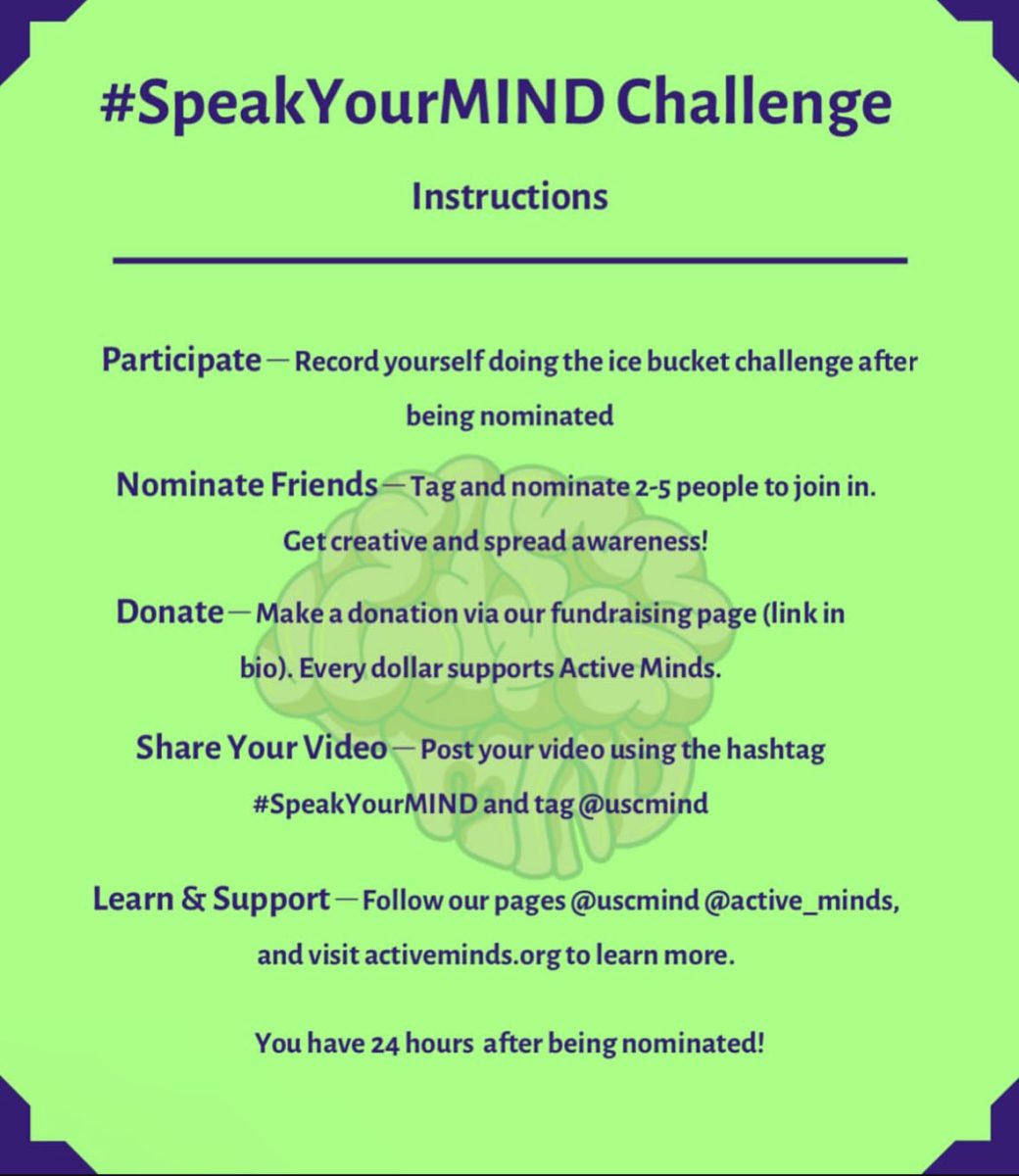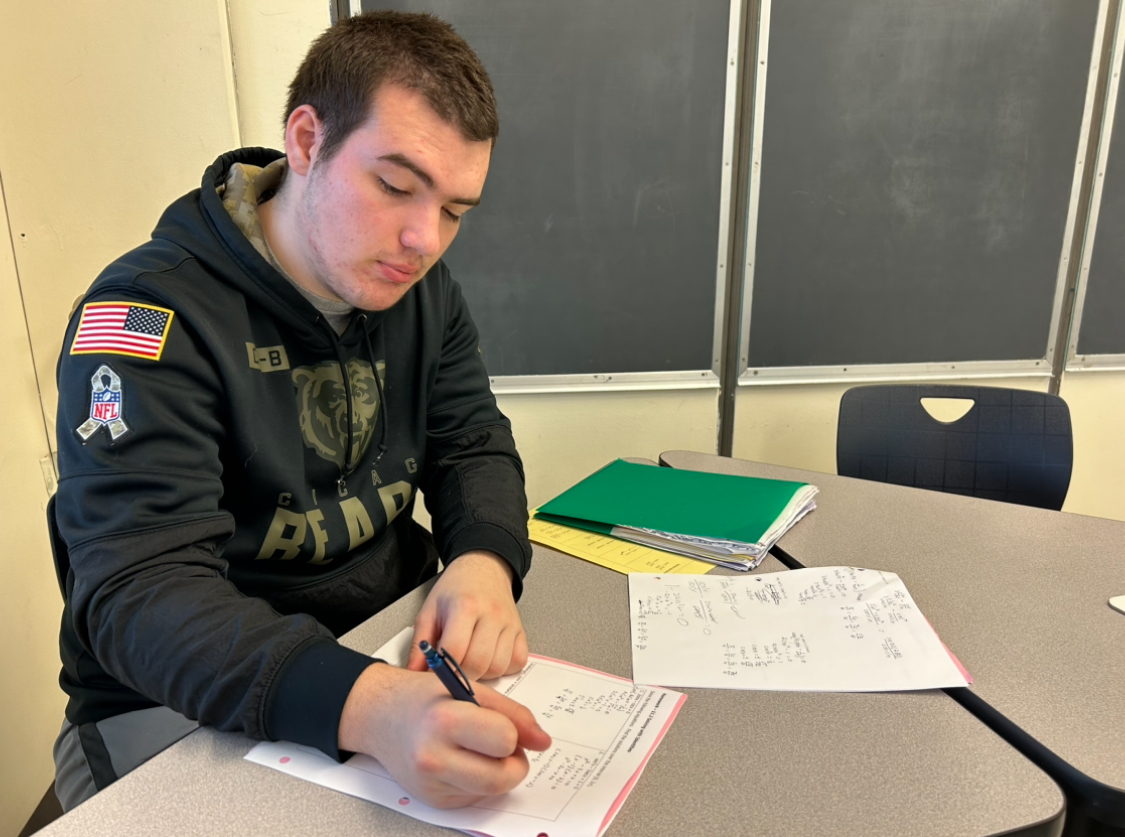When students think of a typical math class, taking notes during the period and doing homework after school is generally what comes to mind. But this semester, some Precalculus prep and accel classes have made a switch to flipped learning, where students learn content at home, and use class time to ask questions and work on “homework,” Precalc teacher Alex Wojcik said.
“A lot of students go home and try to do homework that they don’t really understand,” he said. “Instead of struggling, they can now get extra support and practice in class, and do a lot more learning overall.”
So far, Wojcik is the only teacher implementing this model, he said. After learning about it during a grad school course last semester, he was excited to see how the idea would play out in his classroom.
“There is a lot of data that supports the success of [flipped learning],” Wojcik said. “It’s tough as a teacher to make sure every student is focused and understanding the content when [you’re] just talking to the class. With this, students can receive individual help.”
Though many students may be uncertain about this change, it is really not that different from learning that they have seen in the past, Math/Science Division Chair Jeannine Prucha said. Most teachers will, in some form, request that learning is done at home, with questions brought to class the next day. Additionally, Precalc classes have only had a maximum of three flipped days per week.
“I haven’t really noticed a difference in my grades with flipped learning,” Aleksia Ivancevic ‘24 said. “I like the way [my teacher] mixes traditional and flipped learning. It helps to accommodate all student learning styles.”
Though a final decision has not been made regarding whether the flipped learning model will be continued through the semester, test scores have been better this year than last, and this teaching strategy is proving to be effective overall, Prucha said.
“Though there is definitely a lot more responsibility on the students, they have more opportunities to get support,” Prucha said. “We are promoting interpersonal interaction, and giving them the chance to invest their time in getting the work done. So far, flipped learning has been a great success.”





















![Movie poster for '[Rec]" (2007).](https://www.lionnewspaper.com/wp-content/uploads/2023/04/rec-640x900.jpg)



